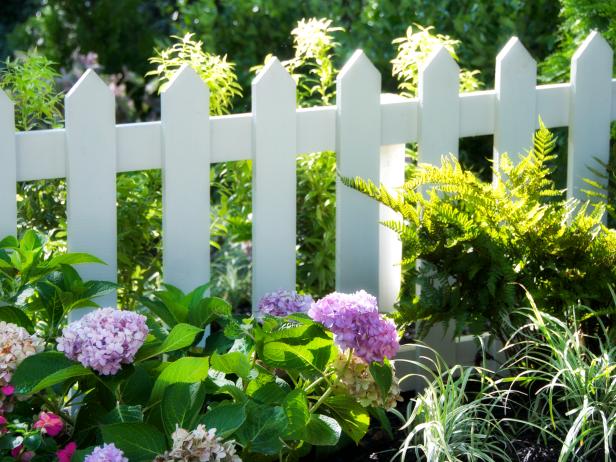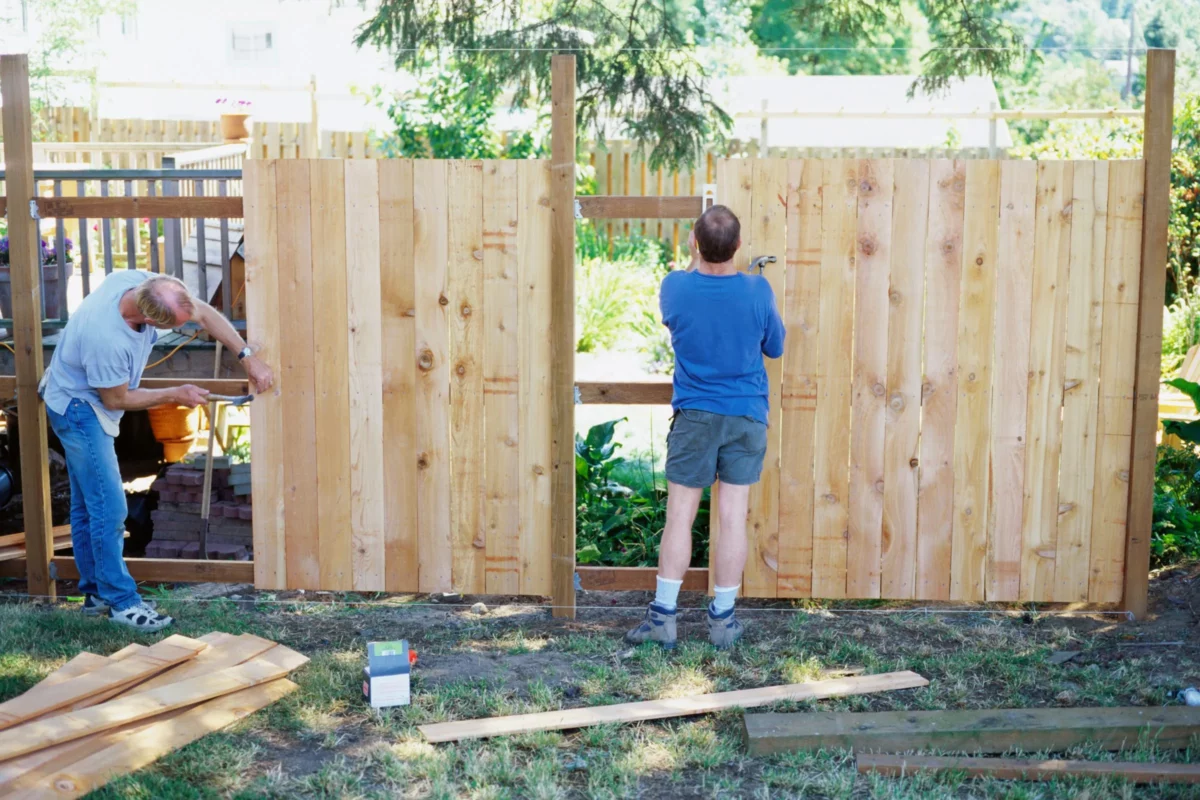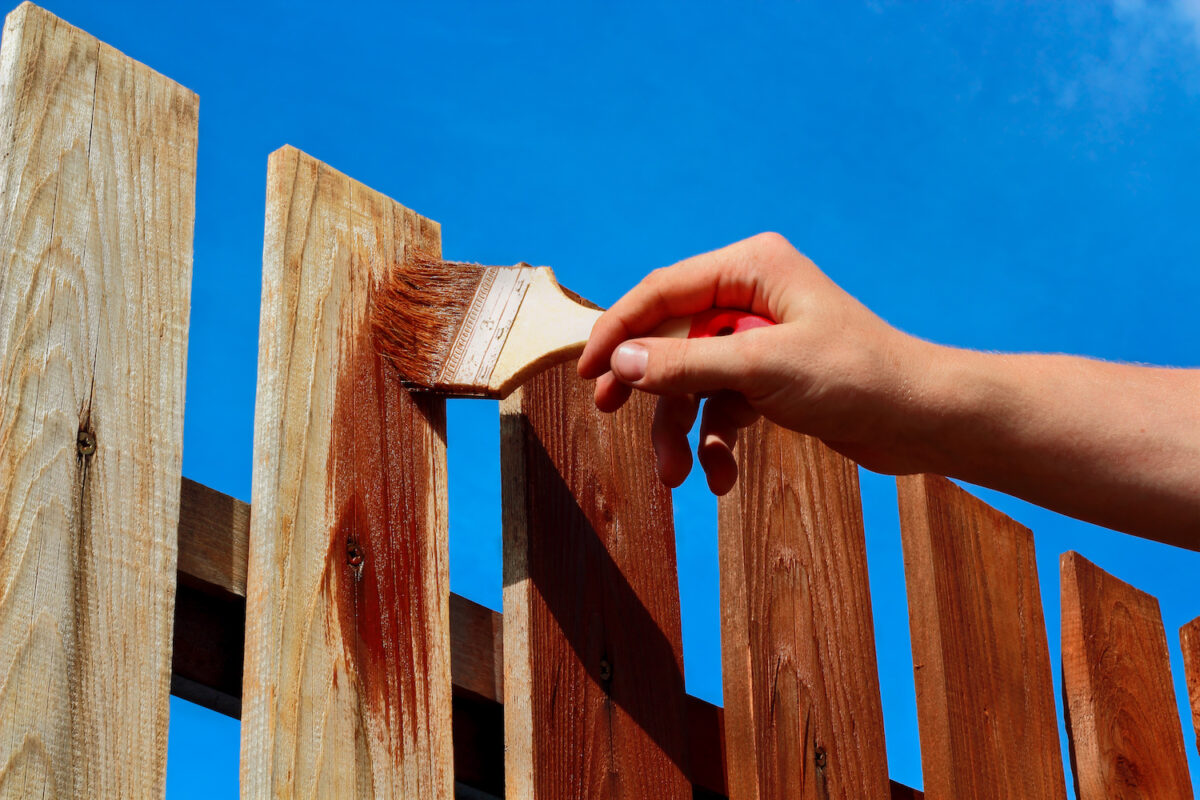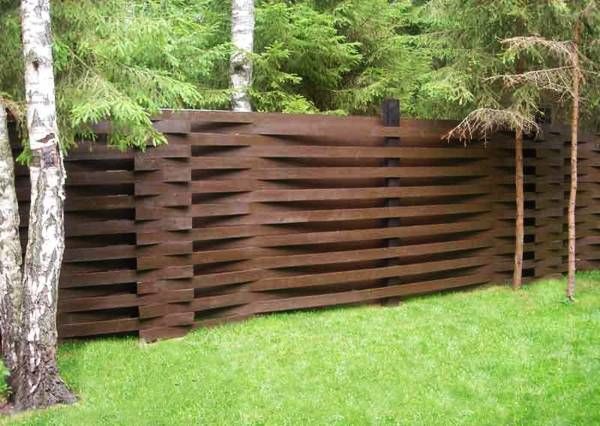Fences for a garden: what types there are and what suits you best
Mykola Lukashuk
on
March 30, 2024
Get Your Free Fence Quote Today!
Garden spaces require just the right fencing striking ideal balance between aesthetic allure allowing sunlight permeability while proving privacy shielding observer lines sight providing security enhancing containment needs perhaps keeping certain contents in -or out- delineating property lines clearly. This makes choosing garden fences surrounding backyard plots more nuanced decision navigating options balancing beauty, practicality and budget wisely.
At ChambleeFence.com, we break down the most popular garden fence varieties commonly seen around Atlanta area properties highlighting strengths suiting unique needs worth considering when moving forward installing your upcoming project soon.
Welded Wire
Among the most cost effective and practical backyard garden fencing options, welded wire offers durable constructed through STEEL wire intersections welded into place creates durable surface withholding environmental elements decades beyond wooden alternatives rotting becoming vulnerable over comparable timeframes by comparison clearly thereupon. Welded spacing proves wide enough allowing partial visibility yet prevents unwanted animals like stray dogs from gaining access entering through openings keeping them away securely. However better privacy requires additional screening investments likely after establishing welded wire barrier perimeters first most economically initially.
Wrought Iron & Metal
Where richer decorative flair suits garden fence aesthetics beyond merely utilitarian welded wire functionality, iron and other ornamental metal garden fences channel undeniable artistry infusing spaces beautifully through intricate scrollwork, finial tipped flourishes and graceful designs welding form with fortitude durably. From elegant Victorian inspired flourishes to modern sleek metallic tones like matte black minimalism, wide ranging customizability including privacy screening inserts means metal gardening enclosures check both beauty and security boxes admirably although costs exceed more basic building wire variants marginally requiring weighing specific area needs appropriately.
Wood Garden Fences
The most ubiquitous backyard fence sight rounding blocks nationally, wood varieties like cedar plank offer quaint rustic personality spanning horizontal lines dependably once properly sealed, even capping metal pole structural supports underneath occasionally too depending upon specific build needs suiting regions. Such natural wood fences diffuse sunlight gently compared with opaque metal barriers that emit concentrated heat blasts unintended consequences arising negatively when selecting fencing unaware during initial planning stages conceiving ideas ahead. Pressure treated woods withstand weathering from Atlanta humidity and rainfall better than alternatives decaying quickly otherwise.
Living Fences
Living fences utilize shrubs, dense plantings or closely spaced evergreens forming vibrant enclosures serving functions fertilizing garden spaces literally through deciduous leaves composting renewed soil vitality annually. Both beautiful organically while fulsomely foliated, living garden fences require patience initial years establishing maturity fulfilling their sylvan capabilities eventually. But eco-conscious properties leaning sustainability appreciate literally growing fence greenery year-over-year appreciating values beyond mere boundary verdant backdrops beautifully anything additionally.
Key Considerations Choosing Garden Fences
No singular “perfect” garden fencing exists covering every box aesthetically pleasingly and practically performing containing tasks equally suited specifically. Garden fence selections depend weighing relative priorities balancing functional privacy screening demands preventing animal entries potentially; decorative curb appeal appearance matters matching existing property facades attractively overall; then balancing durable lifespans limiting required maintenance replacements regularly through selecting weather resilience lasting decades materiality construction constitution wisely.
Conclusion
Finally, consider ecosystem impact minimizing disruptions living fence greenery encouraging or wood decay toxicity from preservative treated timber build dependencies ongoing. Weigh all factors above guidance helping identify optimal garden fence solutions paying dividends short-term functionally through long-term aesthetically uplifting backyard spaces appreciatively for decades onwards ultimately timelessly. Reaching out to professional installers like ChambleeFence.com helps further customize recommendations best navigating these decisions astutely.

 FREE ESTIMATE NOW
FREE ESTIMATE NOW









